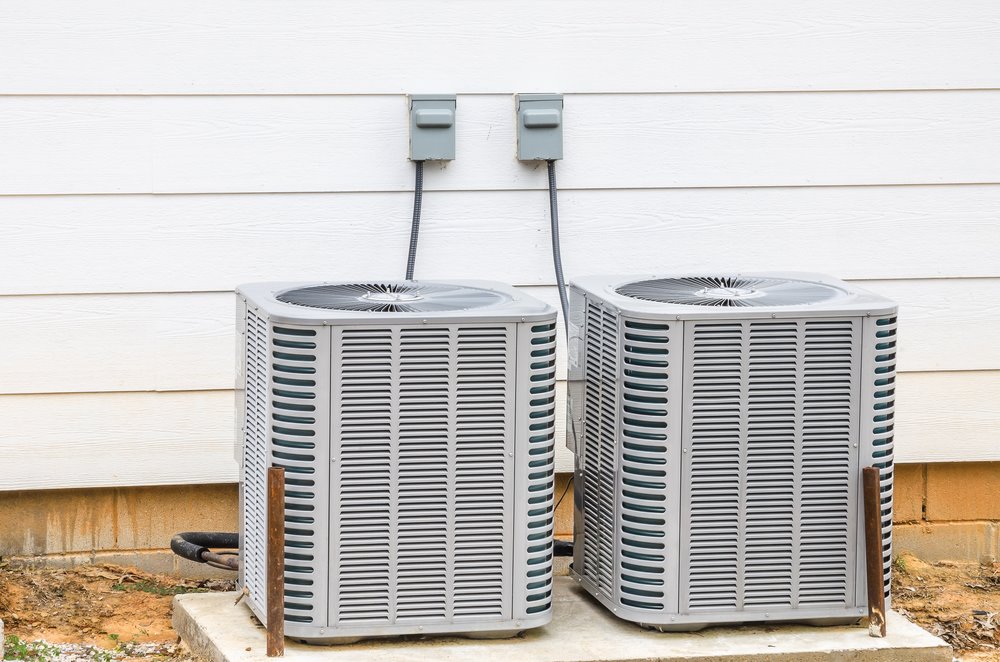Embarking on a journey to create a comfortable and energy-efficient home involves exploring diverse HVAC systems, considering installation costs, and delving into the realm of energy efficiency certifications.
This guide simplifies the essentials, empowering you to make informed decisions for a climate-controlled home that prioritizes both savings and sustainability.
Types of Home HVAC Systems:
- Split Systems:
- Technology: Utilizes both indoor and outdoor units, circulating air through ducts.
- Pros: Energy-efficient, adaptable to various climates.
- Cons: Initial installation costs, reliance on ductwork.
- Estimated Installation Cost (100 sqm): $3,000 – $8,000
- Ductless Mini-Split Systems:
- Technology: Functions like split systems but without ducts, offering individualized climate control.
- Pros: Energy-efficient, flexible installation.
- Cons: Higher upfront costs.
- Estimated Installation Cost (100 sqm): $4,000 – $10,000
- Packaged Heating and Air Conditioning Systems:
- Technology: Combines heating and cooling components into a single outdoor unit.
- Pros: Space-efficient, suitable for smaller homes.
- Cons: May have lower efficiency.
- Estimated Installation Cost (100 sqm): $2,500 – $6,000
- Hybrid Heat Split Systems:
- Technology: Integrates a heat pump with a gas furnace for efficient heating and cooling.
- Pros: Energy-efficient, adaptable to varying climates.
- Cons: Initial costs, reliance on ductwork.
- Estimated Installation Cost (100 sqm): $5,000 – $12,000
- Geothermal Heating and Cooling Systems:
- Technology: Taps into the earth’s stable temperature for heating and cooling.
- Pros: Highly energy-efficient, eco-friendly.
- Cons: High upfront costs, complex installation.
- Estimated Installation Cost (100 sqm): $10,000 – $30,000
Understanding COP (Coefficient of Performance):
COP, a vital metric indicating HVAC system efficiency, measures the ratio of useful heating or cooling provided to energy consumed. A higher COP signifies superior energy conversion for optimal temperature control.
Energy Efficiency Certifications:
Look for certifications like ENERGY STAR and SEER (Seasonal Energy Efficiency Ratio) ratings. Higher SEER values indicate better efficiency. The AHRI certification is also noteworthy. The minimum SEER rating for new residential air conditioners in the United States is 14. Higher SEER-rated systems are becoming more common as technology advances, with some models reaching SEER ratings of 20 or higher.
The Most Common HVAC System:
Ductless Mini-Split Systems emerged as a popular choice due to their energy efficiency, flexibility, and individualized zone control. With reasonable estimated installation costs, they strike a balance between performance and affordability.
Conclusion:
Armed with insights into HVAC systems, installation costs, and energy efficiency certifications, you’re ready to craft a comfortable, cost-effective, and energy-efficient home. Factor in your specific needs, budget considerations, and the long-term benefits of each system to make a well-informed decision that ensures optimal home comfort while promoting sustainability and saving money.

